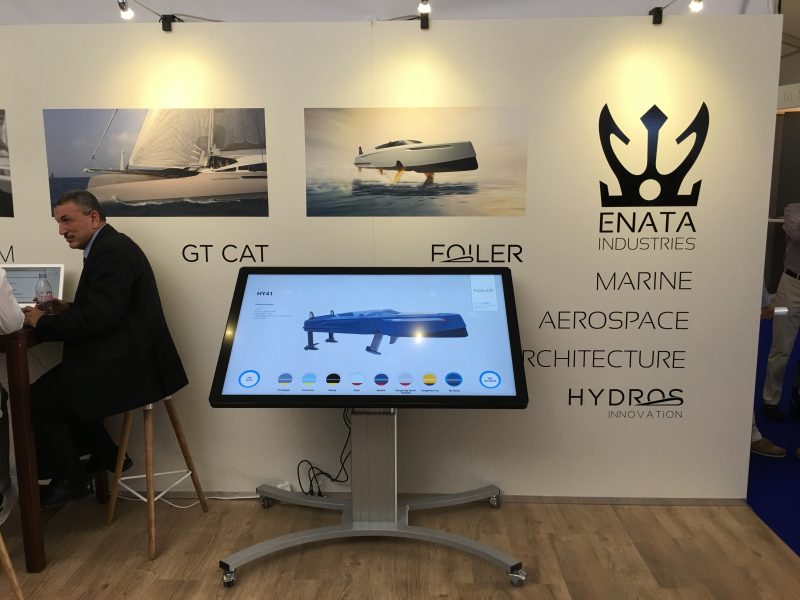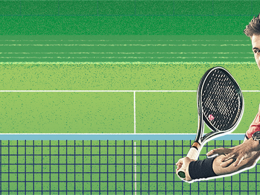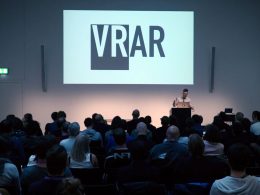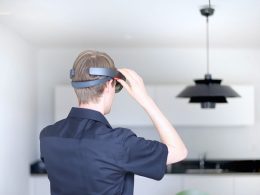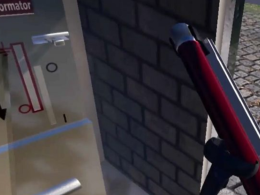The digital media agency ClickOn was able to realise an exciting and challenging VR project for the company Hydros in Lausanne.
The initial situation
Hydros Innovation is a laboratory specialising in the energy efficiency of sailing and the impact on the water. They are based at the EPFL in Lausanne and work on various projects that require good visualisation. Hydros therefore wanted to create an experience that would lead to a better understanding of the complex interrelationships both in the design process and for customers.
The challenge and realisation
For such a high-quality product as a yacht, which usually costs over a million euros, it is important to guide the user through the application in the most comfortable way possible. Since the more users interact simultaneously, the better the VR experience, the ClickOn developed a multi-user solution for this purpose. One presenter and one viewer with two HTC Vive headsets and controllers are in the VR environment at the same time. One user sees the other user as a 3D avatar.
To enable a smooth transition from the real world to virtual reality, the respective VR sessions start with the same sofa and walls as in reality. This means that the user sits on the same sofa with the same walls in real life as in virtual reality. The user can then use the controllers to tear down the walls. The result is a beautiful tropical island landscape.
It is clear to the user that they are still sitting on a sofa, only now they are at a wooden jetty by the water. After a few seconds of marvelling at the sunny beaches and breathtaking views, a yacht approaches and then stops in front of the viewer in a time lapse. Now controls and info boxes are displayed and with two shimmering glass spheres the user can switch between the interior and deck view of the yacht. They can also change the colours and extend and retract the foils. The yacht can be rotated, tilted and viewed floating above the water.
With the same 3D assets ClickOn designed a yacht configurator, which attracted the attention of visitors at trade fairs on a large touch table screen.
What we particularly like about this project is the transformation from reality to virtual reality by breaking down the walls that also exist in the real world - a measure that is very effective and funny.
We will be reporting on more exciting Swiss business cases in the future. In any case, this already whets the appetite for more.
Source: ClickOn.ch





